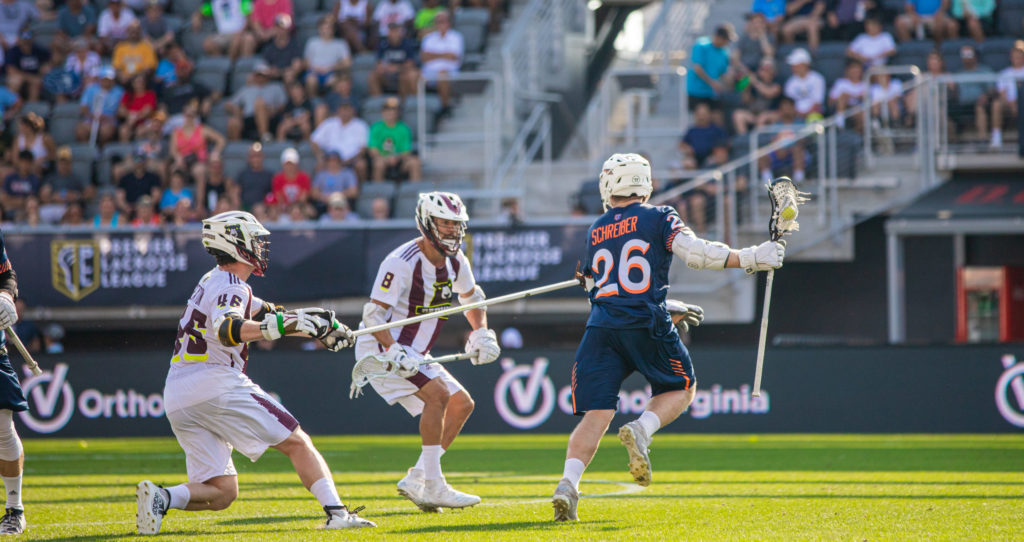
Tom Schreiber: Not All Assists are Created Equal
By Joe Keegan | May 22, 2020
Tom Schreiber is the best passer in the world for a few reasons. He zips 80 mile-per-hour lasers that give the goalie almost no time to find the shooter. His ability to alter release angles makes it difficult for defenders to play passing lanes. Schreiber sees two slides sinking in from his peripherals. He led all midfielders in assists in 2019 – and he’s an even better passer than assist totals suggest.
Division of credit between the shooter and the passer has been a topic in NBA analytics since Dean Oliver wrote ‘Basketball On Paper.’ On some goals, the shooter did more work to create the goal, while on other goals, the passer’s job is more difficult. There’s no one-size-fits-all solution. We need to look at a few different metrics: shot location, situation, and second assists.
Oliver uses location of the shot to approximate credit – the shooter receives more credit for perimeter shots, while the passer receives more credit from alley-oops. Jamming the ball into high percentage areas is a skill. Of Schreiber’s 61 assist opportunities, 28 were for shots between the hash marks (2nd most in PLL). Only Connor Fields had more feeds to the middle – and nobody had more skips through to the weakside.
Those skip passes turn the decades-long debate over division of credit into an easy discussion. Give a lot of credit to the passer. Not many other players are threading a 30-yard skip like this.
Tom Schreiber drops his stick to thread this through pass to Will Manny.@TomSchreiber26 @WillManny_1 @PLLArchers pic.twitter.com/29NnXIJI8b
— PLL Highlights (@PLLHighlight) March 25, 2020
Situation shifts the division of credit. It’s easier to tally assists on fast breaks (60.00% of all shots are assisted) and powerplays (85.64%) when the offense has a numbers advantage. In six-on-six settings, it gets more difficult. Passers need to dodge, draw a double team, and scan the field for the open man. Only 39.98% of six-on-six shots are assisted. Players who can create those stepdown looks in settled sets are incredibly valuable.
Archers LC head coach Chris Bates’ pairs offense breaks the field into three sets of 2-on-2 matchups. If the defense sends a slide, it must ask one defender split a pair of offensive players. Schreiber hunts for those defenders splitting two. Sometimes that leads to an assist opportunity for Schreiber; other times it allows his teammates to become playmakers in that 2-on-1.
This is the rare “check down” from Schreiber. There’s no pass downfield available, but it’s better to let Marcus Holman and Austin Sims play out a 2-on-1 against an offensive midfielder than to let the ball go stale in Schreiber’s stick after drawing a slide. Schreiber gets no credit for an assist here, but he gave Holman an opportunity for a redodge. Holman deserves most of the credit for this goal – but doesn’t Schreiber deserve some? You can see how this topic gets tricky.
Tom Schreiber gets to the middle, draws a slide, and dishes to Marcus Holman who hitches the rotating defense to get to the heart.@TomSchreiber26 @MarcusHolman1 @PLLArchers pic.twitter.com/S3nIct7uGi
— PLL Highlights (@PLLHighlight) April 23, 2020
Pro defenses cover up those 2-on-1 advantages quickly. Six-on-six passers need to think at hyperspeed. Schreiber makes some passes mentally before he even touches the ball. Watch this tic-tac-toe goal. Ryan Ambler draws a double from his pair, Will Manny’s defender. It’s still 2-on-2 across all three pairs. Schreiber floats over to give Ambler an outlet, and as Ambler’s defender peels to recover, the 2-on-1 reveals itself. Ambler and Manny have the advantage. So Schreiber sends a touch pass to Manny who makes one more pass to Christian Cuccinello for the dunk.
Ryan Ambler ➡️ Tom Schreiber ➡️ Will Manny ➡️ Christian Cuccinello@ryan_ambler @TomSchreiber26 @WillManny_1 @CUCCI_MANE30 pic.twitter.com/jNhx3F5b9h
— PLL Highlights (@PLLHighlight) March 24, 2020
Another goal that Schreiber played a role in but received zero credit in the box score. That goal has to be split up four ways between Ambler, Schreiber, Manny, and Cuccinello.
Those second assists are rare. Most pro defenses recover before the ball can move like that. But they introduce another layer of complexity in the division of credit debate. Take this goal against the Redwoods, for example. Schreiber draws a slight hedge from John Sexton – and he moves it to Manny immediately. Manny finds Holman on a backdoor cut as Holman’s defender prepares to be Sexton’s two slide. All three players played a crucial role; doorstep looks like this don’t happen otherwise.
Tom Schreiber draws a hedge and moves it to Will Manny who finds Marcus Holman on the backdoor cut.@TomSchreiber26 @WillManny_1 @MarcusHolman1 @PLLArchers pic.twitter.com/E3uLAWH3yQ
— PLL Highlights (@PLLHighlight) May 20, 2020
Approximating credit (and blame!) is complex. With some combination of shot location, situation, and the second assist, we can get better at it. And although the current numbers already show Tom Schreiber is an elite passer, the advanced metrics might reveal that he’s even better than we thought.

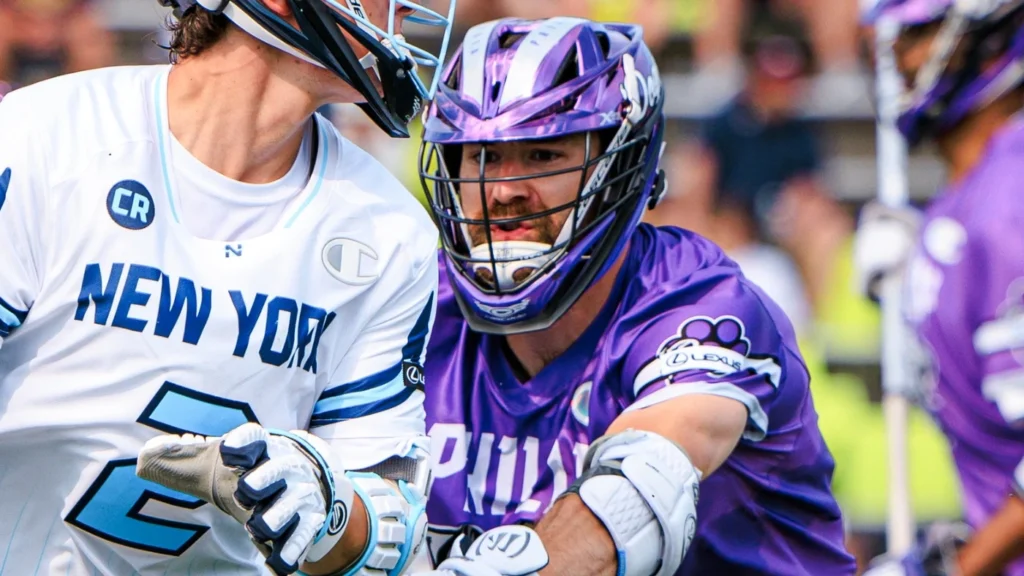
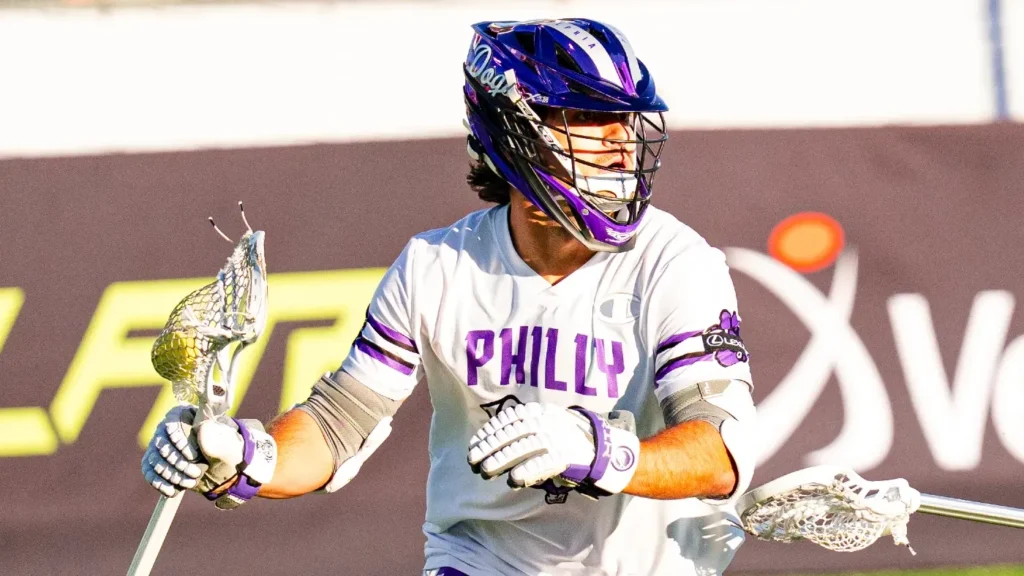
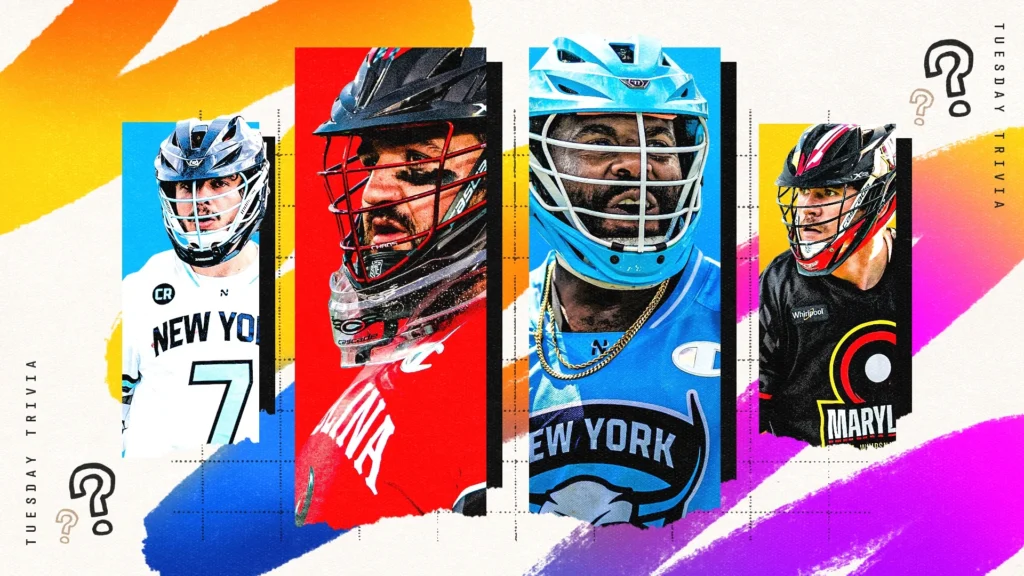
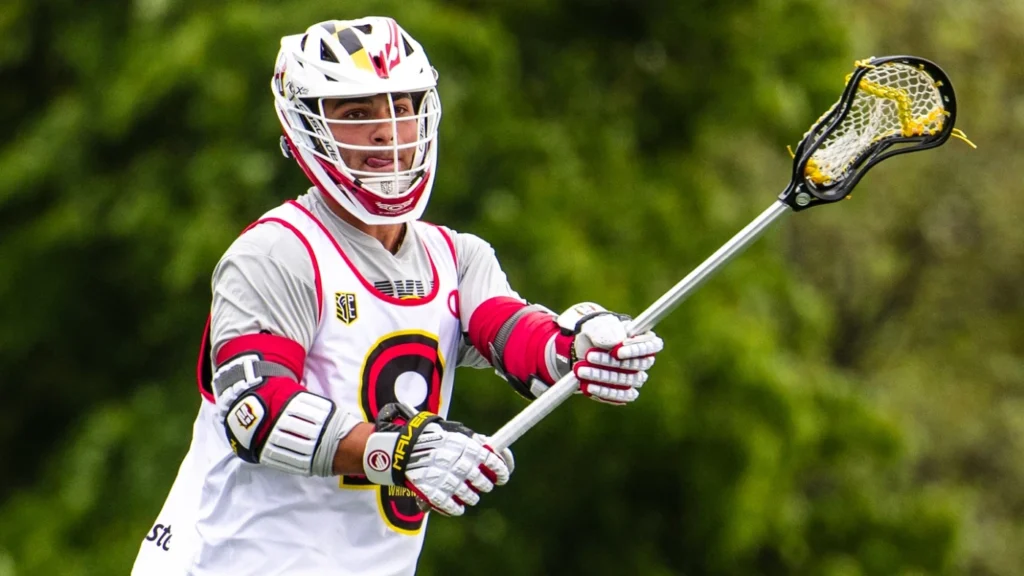
Pingback: darknet search engine 2019
Pingback: Enterprise DevOps
Pingback: How To Write Conclusion For Analytical Essay
Pingback: aaa Audemars Piguet replica
Pingback: สล็อตแตกง่าย
Pingback: Esport
Pingback: bizuteriada.com.pl
Pingback: 늑대닷컴시즌2
Pingback: MILF chat
Pingback: sbo
Pingback: Ammunition for sale online
Pingback: sbo
Pingback: Uwell caliburn
Pingback: nova88
Pingback: 7277433742
Pingback: sbobet
Pingback: lsd tabs for sale cheap
Pingback: buy shroom bars in terraria